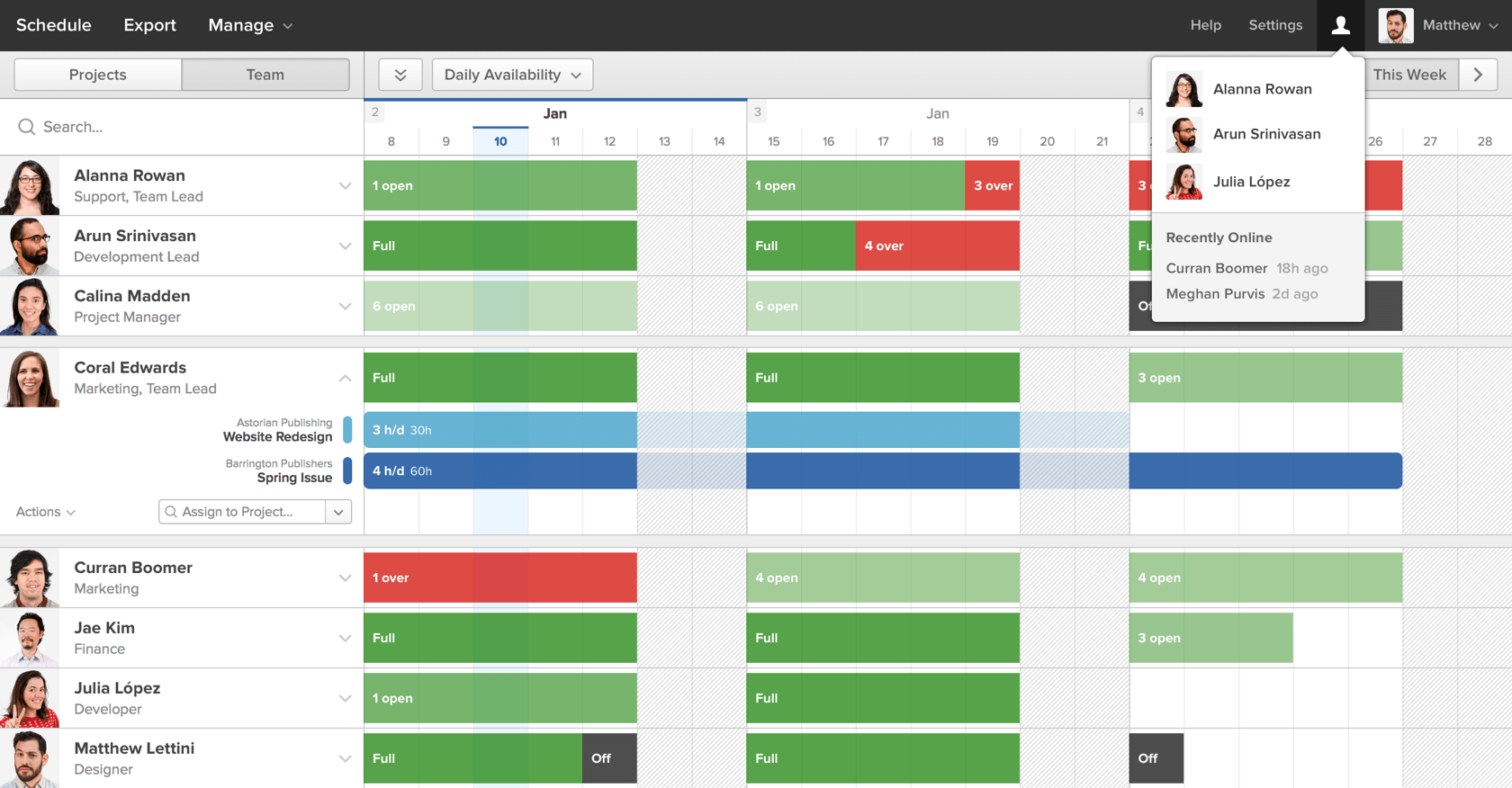Digital project management: my seven principles

As a Digital Project Manager, I’m constantly juggling tasks and teams; it’s the nature of working in a web development agency. Projects vary in length, complexity, and require different staff, and with numerous projects in progress, managing them all concurrently can sometimes feel like you’re being asked to do that thing where you pat your head while rubbing your stomach.
Faced with such a situation, what’s the best way to keep track of all the tasks and manage your resources and development team? (Oh, and don’t forget, also keep both your clients and your team happy?)
Well, here are a few simple guiding principles I’ve picked up in my role as a Digital Project Manager here at Browser.
Use the best tools you can
If there’s one thing we’re not short of as project managers, it’s software. There are tonnes of options out there for everything from managing user stories, time tracking and automating deployments, to messaging, file sharing and help tickets. Taking the time to make sure you’re using the right set of systems and programs for you and your team is vital.
The plethora of options out there can be daunting, but, thankfully, there are also some great articles to help you pick the best tools. With so much choice on offer, don’t be afraid to shop around.
We recently had an internal review of our resource management software (Float) and agreed that it was time for a change. Float was good, but I often found myself doubling work up between that and Harvest, our time tracking software. After a bit of research, we decided to switch to Forecast, which integrates better with Harvest – it’s made by the same company – so the task of creating new projects and viewing timelines is streamlined. This means that I can plan, organise, and forecast better.

Log everything!
I like to facilitate the management of a project’s requirements with a basic spreadsheet that everyone can access and contribute to, or ideally, straight into our digital backlogs and Kanban boards. This helps everyone know where the project stands at all times and, hopefully, minimises surprises along the way.
What’s more, having a clear requirement log gives you a clear structure for team meetings. No one likes a meeting for the sake of having a meeting, so make them worthwhile and make sure that ideas become actions in the log.
Communicate, communicate, communicate
Project teams, even if they are small, should be talking all the time, and this includes your clients (speaking to, and listening to). This starts at the kick off of a project with the full team (we are all accountable) and should continue right until the end.
For requirement clarification, I find regular video calls are good, and meetings in person are even better. We like to have regular standups, and demos with the full team. If we need to send mockups or design ideas then a tool like Basecamp works well, enabling us to have a message thread that is available to everyone (as opposed to only certain email inboxes). Slack is also a chat tool that I’ve found useful, especially when my team includes people working remotely.

Be as transparent as possible
This ties in with the point above about communicating, but transparency and openness are your friends. Keep the team in the loop about your plans when you can, and try and use platforms and services that make observing easy. I always find it helpful when a platform or service allows sharing or collaboration without the recipient needing an account, as it means I can share elements with clients without having to ask them to go through a tiresome signup process.
If you’re open, it’s also likely that your team will be more understanding when deadlines or plans have to change at the last moment, as they may be able to see what’s made the changes necessary.
Stay flexible and be open to change
I believe a key tenant of digital project management is staying agile and being willing to change your plan. One of the most dangerous pitfalls I’ve seen colleagues fall into is sticking rigidly to a plan that’s clearly destined for failure. Be flexible.
Indeed, it’s common during the course of a digital project that your short term goals will change as alterations to the brief, MVP or overall direction of the project are made. Many of the projects I’ve been part of have ended up in a radically different place to that which we expected at the project outset. Staying flexible, and managing your development process in a way that can absorb and react to these changes (such as the Atomic Design approach) has been key during my time at Browser.

The area where flexibility and willingness to change is most important is in terms of deadlines. That isn’t to say you should be relaxed about letting deadlines slip, rather that it’s important to stay honest about what a realistic deadline is for a given task, and that can change a lot as a project progresses.
Take your own advice
As a Project Manager, I think it’s important to live by the same principles as those you’re using to manage your resources. If you expect people to use time tracking software (which can often be considered a chore), you should too. If you’re asking your team to keep a shared document updated with their tasks, make sure yours are updated too.
Not only does show you’re not asking people to carry out tasks that you wouldn’t, but it also gives me insight into the systems themselves. It lets me see their deficiencies, and how they can be gamed, and also their benefits and where there is room for improvement.
Be prepared to muck in
Finally, remember you’re part of a team and that the success of the team is what matters, at the end of the day. This may mean you need to be prepared to get your hands dirty, muck in and do something that’s not strictly in your job description, especially at difficult or busy times.
In my work with digital dev teams, I’m usually the team member with the least specialist role. This can mean I end up mopping up tasks that don’t have a clear home, such as testing or writing release notes, which is fine, as long as they don’t interfere with my normal tasks. I’ve found that being open to helping out the team where I can is appreciated, and can often be the nudge that’s needed to get a project over the line
So, there we have it. I’m not pretending that these seven bullet points are the only route to good digital project management; everyone has their own style and skill set. What I will say is that these are the principles that have most helped me in my career so far. I hope you found them useful.